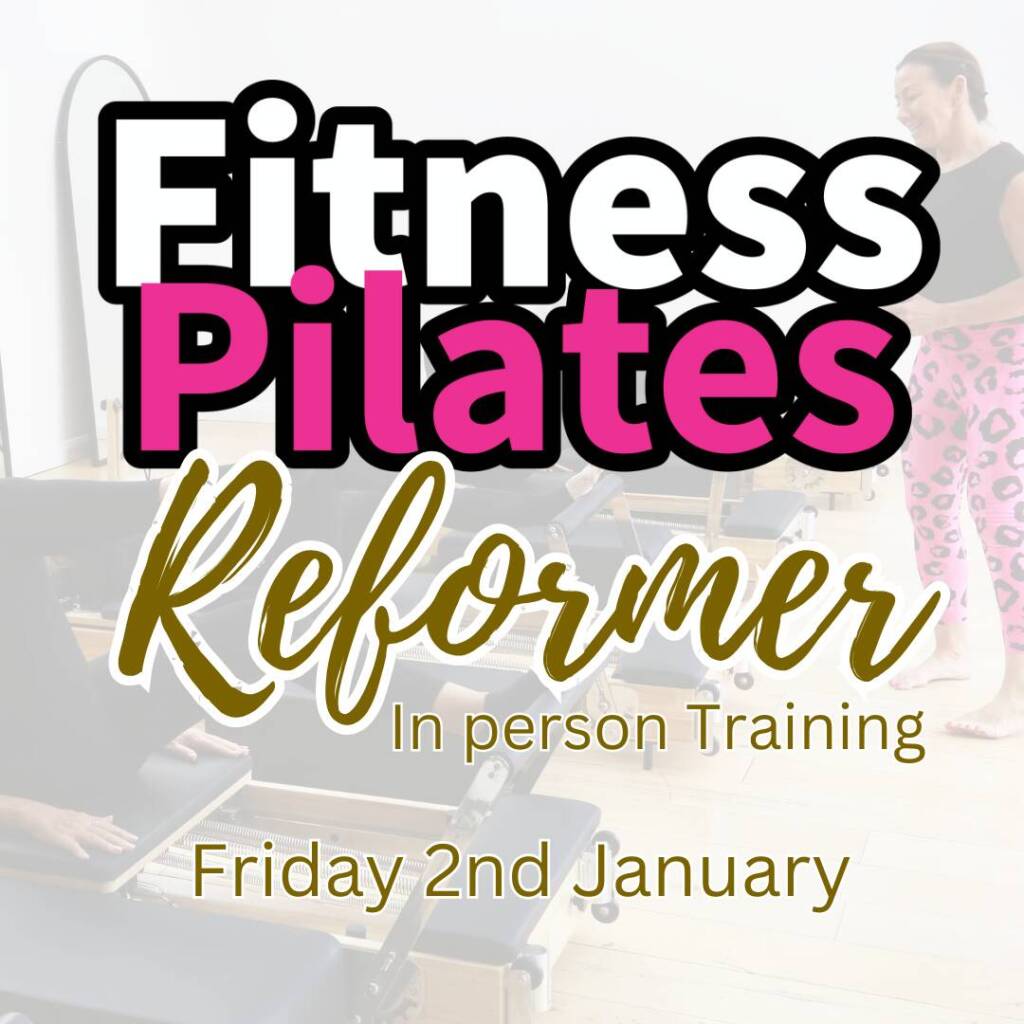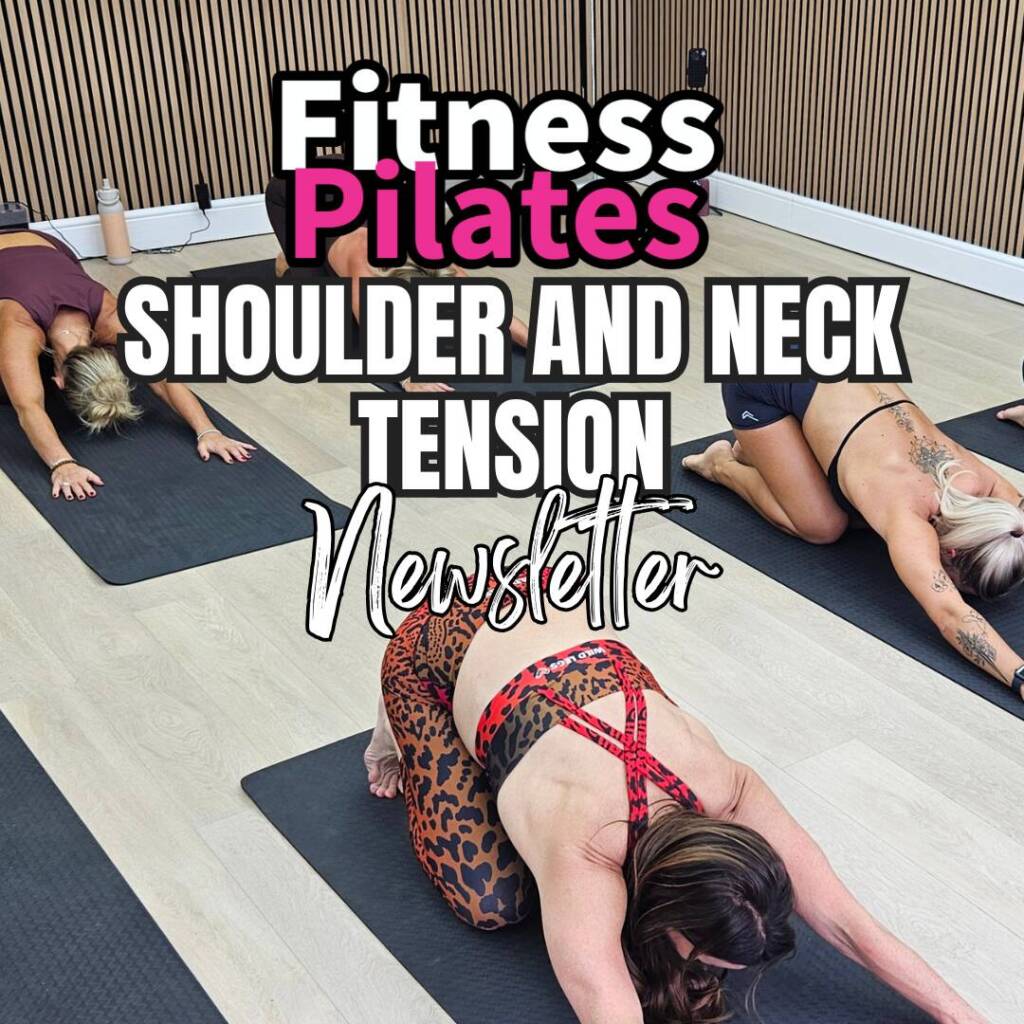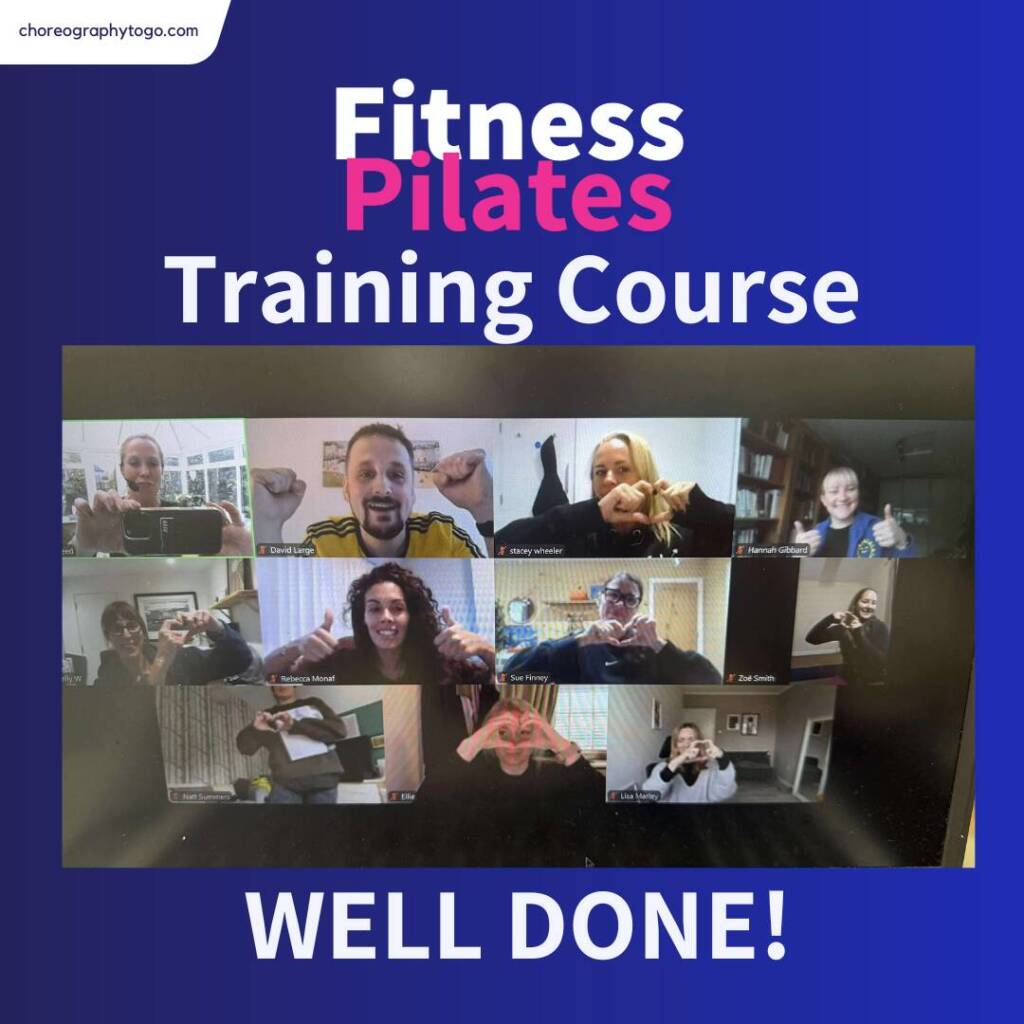
The Fitness Pilates Blog
Fused discs and Fitness Pilates
A question about fused discs came up in our Facebook group this week, and I thought it would make a great topic for this week’s newsletter.
So many clients (and instructors!) come across spinal fusions in classes, and it’s important we understand what they mean, how to adapt safely, and how to keep clients confident and moving well.
I’ve shared a full breakdown of what a fused disc actually is, what exercises to avoid, and which Fitness Pilates movements can help build strength and mobility safely.
Hope this helps you when planning your classes and supporting clients with spinal issues — and as always, thank you for the brilliant questions and discussions in the group and read all of them and try contribute with these articles.
Fused Discs – Understanding, Managing, and Teaching Safely in Fitness Pilates
 What It Means
What It Means
When someone says they have a “fused disc”, it usually means one of the following:
- Surgical Spinal Fusion – where two or more vertebrae are permanently joined (fused) using bone grafts and/or metal hardware. This is often done to stabilise the spine after severe disc degeneration, herniation, spondylolisthesis, or chronic pain.
- Natural Fusion (Auto-fusion) – sometimes occurs naturally in older adults due to severe degeneration or arthritis in the spine.
In both cases, the goal is to stop movement at the painful or unstable spinal segment.
 What It Means Functionally
What It Means Functionally
Once a section of the spine is fused, it no longer moves — which means the joints above and below must compensate and often become stiffer or overworked.
This can cause tightness in the hips, lower back, or neck, and reduced overall spinal mobility.
So the instructor’s goal is to: Maintain mobility around the fused area (without moving it directly).
Maintain mobility around the fused area (without moving it directly). Strengthen core and supporting muscles to improve stability.
Strengthen core and supporting muscles to improve stability. Encourage safe, functional movement patterns without twisting or over-flexing the spine.
Encourage safe, functional movement patterns without twisting or over-flexing the spine.
 Exercises to Avoid in Fitness Pilates
Exercises to Avoid in Fitness Pilates
Avoid anything that loads or stresses the fused area excessively or encourages spinal movement where it’s been restricted:
- Deep spinal flexion (e.g., full roll-ups, sit-ups, rolling like a ball).
- Twisting or rotation through the lumbar spine (especially post-fusion).
- Loaded extension (e.g., swan dive, full cobra).
- High-impact or bouncing exercises.
- Any movement that causes pain, pins & needles, or numbness.
If the fusion is cervical (neck) — avoid bridging, large arm arcs, or positions that force the neck into extension or flexion.
 Helpful Fitness Pilates Exercises
Helpful Fitness Pilates Exercises
Focus on controlled, pain-free movement, stability, and breathing.
Core Stability & Neutral Spine Work
- Supine pelvic tilts and imprint to neutral
- Knee folds / toe taps (maintaining core connection)
- Dead bugs (core control, not spinal movement)
- Bridges (if approved and pain-free – keep small and controlled)
Mobility for Adjacent Joints
- Cat-cow (small range) — focus on upper back mobility, not lumbar
- Thread the needle (gentle thoracic rotation only if comfortable)
- Hip mobility drills (circles, openers, knee sways)
- Shoulder rolls and thoracic extension over a block
Breathwork & Alignment
- Diaphragmatic breathing to support spinal stability and calm tension
- Postural alignment awareness — stacking shoulders, ribs, and pelvis
 Key Teaching Focus
Key Teaching Focus
- Keep the spine neutral and supported throughout movement.
- Cue “length” rather than “bend” or “twist.”
- Emphasise core connection, glute strength, and hip mobility to reduce spinal stress.
- Always remind clients: “Move the joints that can move; protect the ones that can’t.”
 When to Refer / Red Flags
When to Refer / Red Flags
If a client reports:
- Persistent or worsening back pain
- Numbness, tingling, or leg weakness
- New symptoms post-surgery
 Refer them back to their physiotherapist or consultant before continuing.
Refer them back to their physiotherapist or consultant before continuing.
Is that helpful?
Hope to see you at a REFORMER class here in Derbyshire or book the Fitness Pilates summit for next year – all details are below
Have a great Sunday
Rachel x
Questions whats app me 07976 268672
**NEW**
Launching our small exclusive Reformer Teacher Training Studio here at C2GO HQ in Derbyshire. REFORMER DATES
Fitness Pilates Reformer – In Person, Derbyshire NG16 4HA
- 17 October – Click here
- 7 November – Click here
Fitness Pilates Reformer ONLINE on Zoom
- 22 October – Click here (Choreographytogo)
- 26 November –
- 17 December
Level 3 Reformer Teacher Training (In Person – Derbyshire )
- 9th October SOLD OUT
- 6th November 2 places left
- 15 JAN 2026 3 places left
Join the weekly free Fitness Pilates newsletter here
UPCOMING PILATES COURSES
See the next Fitness Pilates training course dates here
See the next Reformer pilates training dates here
See the next Level 3 Pilates dates here
Have You Trained to Teach Fitness Pilates?
If you’re a qualified Fitness Pilates instructor, did you know that it’s required for insurance purposes — to update your CPD (Continuing Professional Development) every two years? See our updated list of CPD courses here
Share this post:
Latest Fitness Pilates Courses & Classes

Infrared Fitness Pilates Hot & Reformer Masterclass in C2GO Studio For Fitpros January
£55.00


The latest Fitness Pilates blogs & news
Join the Fitness Pilates newsletter
A short description introducing your business and the services to visitors.

















